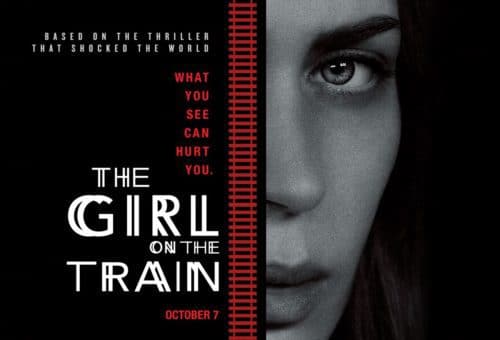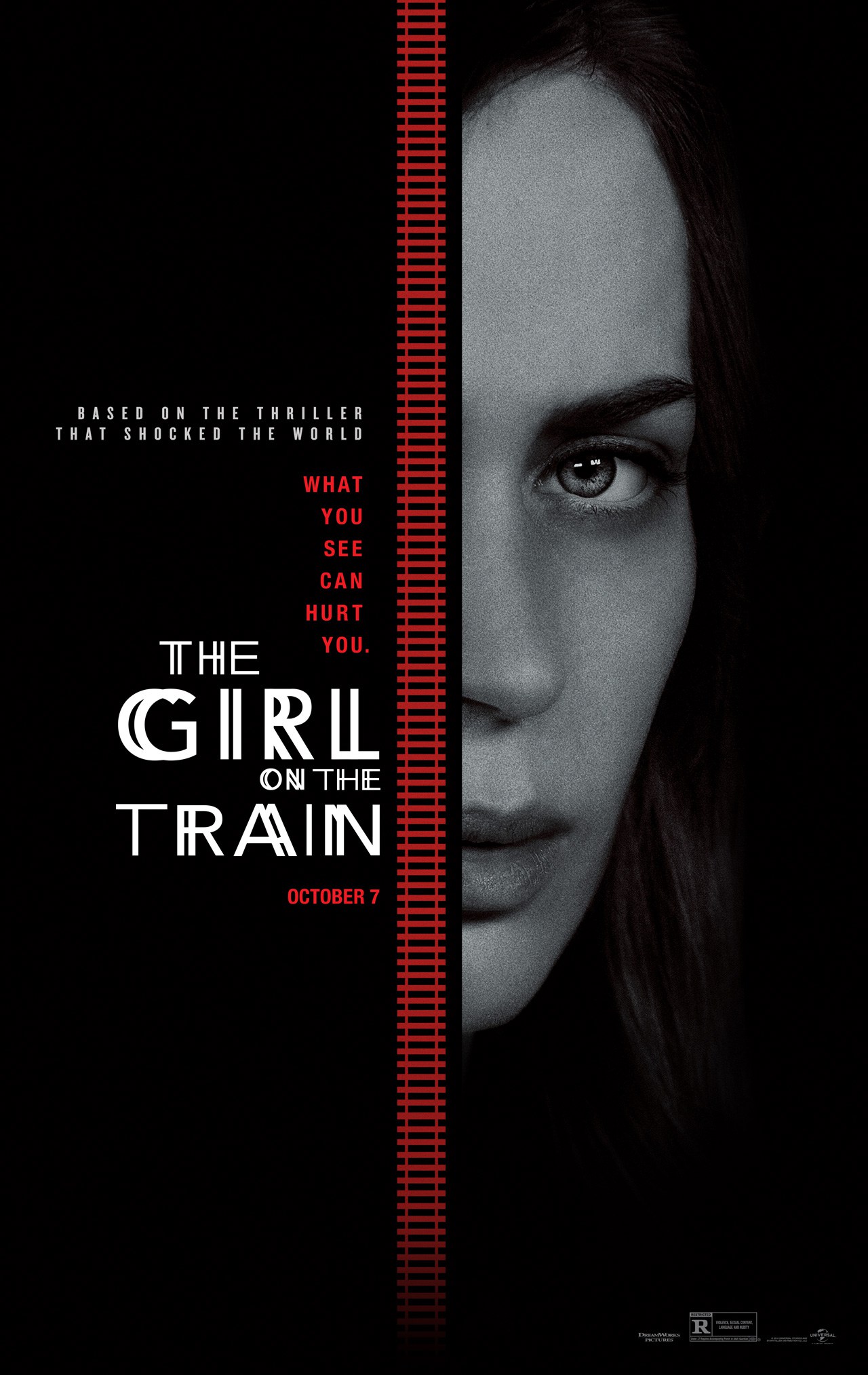With the fall season in full swing, the time has come for major movie studios to release their more coveted films and prepare for the battle royale that is the 2016-17 Academy Awards. In most cases, the films that are released during the Oscar season either provide movie-goers with an unforgettable viewing experience or miss the mark and fail to live up to expectations. “The Girl on the Train,” a poorly-made adaptation of a popular page-turner, falls under the latter category.
Based on the 2015 best-selling debut novel of the same name written by Paula Hawkins, the film stars Emily Blunt as Rachel Watson, an unemployed divorcee who rides the train to and from Manhattan, despite the fact that her debilitating alcoholism brought an end to her career and her marriage. During her daily commute, she becomes fond of a young couple living a seemingly blissful life in her old neighborhood.
One day, after witnessing a shocking event at the couple’s house, Rachel falls into a drunken rage and wakes up the next morning to find herself bruised and bloodied. When she learns that the wife has been reported missing, Rachel becomes entangled in an investigation that promises to forever alter the lives of everyone involved.
Though it manages to hit all the fundamental mandates of psychological thrillers, “The Girl on the Train” unfortunately falls short of its full potential. This is primarily due to the fact that screenwriter Erin Cressida Wilson and director Tate Taylor make it extremely difficult to become fully engaged. Wilson spends the first half-hour either setting the scene or introducing the central characters and, as a result, makes the film feel sluggish in areas where it should have been suspenseful. Consequently, several characters fail to leave the same lasting impression that Hawkins left when the book was first published.
Taylor, meanwhile, creates a suitable Hitchcockian atmosphere, but fails to create a coherent narrative because he chooses to constantly skip around the timeline. This overreliance on flashbacks makes it even harder for the audience to understand the characters’ respective situations and perspectives.
Even after all of these criticisms, the movie still functions largely due to Blunt’s portrayal of the titular protagonist. An actress whose career has been filled with memorable roles ranging from Queen Victoria in Jean-Marc Vallee’s “The Young Victoria” to the baker’s wife in Rob Marshall’s adaptation of “Into the Woods,” Blunt delivers a chilling, yet captivating performance, despite the thin sketch of a script. Her “Rachel” is an emotionally vulnerable woman who is determined to unearth the truth but constantly struggles to trust her fractured mind. She is so immersed in the role that, at times, it feels as if the audience is watching a one-woman show.
Derailed by a razor-thin sketch of a script and a director who clearly did not know what he was doing, “The Girl on the Train” is not the best film adaptation but can definitely be considered another of Emily Blunt’s most memorable performances.




